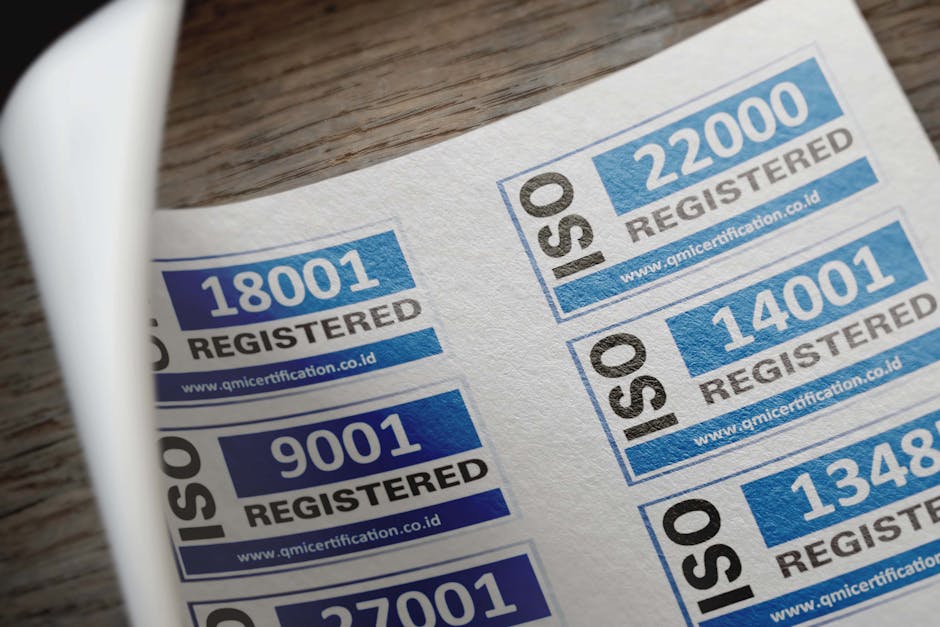How TL 9000 is Revolutionizing Quality Management in Telecommunications

TL 9000: A Key Quality Standard for a Changing Telecom Industry

Pexels
As global telecommunications networks continue to evolve to meet the demands of modern applications requiring high bandwidth and low latency, the complexities of integration and quality management have soared. Technologies like Open RAN, edge computing, and AI-powered automation are transforming how ICT systems are designed and operated. Amid these rapid advancements, the need for robust quality assurance across diverse, multi-vendor ecosystems has never been greater. Enter TL 9000, a quality management standard developed specifically for the Information and Communications Technology (ICT) sector by TIA’s QuEST Forum. This standard provides a structured framework for scalable, data-driven quality programs, facilitating consistent practices and supporting innovation across global supply chains.
TL 9000’s versatility makes it invaluable in addressing the evolving challenges of the ICT industry. By integrating targeted requirements and performance metrics, TL 9000 empowers organizations to improve vendor collaboration, product reliability, and customer satisfaction while simultaneously aiding in benchmarking performance against industry peers. Such capabilities underline why leading companies like Nokia and CommScope have implemented the standard to drive measurable operational improvements and sustained competitive advantages.
The Nokia Case: Achieving Quality Transformation Through TL 9000

Pexels
Nokia’s 13-year journey in implementing TL 9000 serves as a compelling example of how the standard can drive tangible business outcomes. By realigning their quality practices with TL 9000’s framework, Nokia emphasized defect detection early in the development cycle through strategic investments in test automation, continuous integration, and meticulous code reviews. The results were remarkable: software defects reduced tenfold, while software problem reports dropped by 30% year-over-year. For hardware products, Nokia achieved similar success with a three-to-five-times reduction in the early return index (ERI) for key product lines like baseband equipment.
These achievements were made possible by bolstering quality-related competencies within the company. Nokia expanded its certified quality team from fewer than 200 to over 1,000 professionals, embedding Lean Six Sigma principles into their workflows. Besides operational metrics, customer satisfaction also saw substantial improvements, further cementing Nokia’s market leadership. Between 2012 and 2024, their TL 9000-driven quality initiatives generated an astounding $1.7 billion in continuous improvement benefits, proving the long-term financial impact of the standard.
CommScope: Streamlined Processes and Supplier Collaboration

Pexels
CommScope offers another success story in leveraging TL 9000 to unify its product design and development processes. By aligning its cross-segment quality standards under a single framework, CommScope eliminated redundancies and enhanced traceability across their product lifecycle. The structured corrective action process embedded within the standard also enabled CommScope to address root causes systematically, thereby improving operational efficiency and resolving customer-facing issues more effectively.
Additionally, TL 9000 played a critical role in CommScope’s supplier management strategy. While ISO 9001 certification remains a baseline requirement for all suppliers, CommScope gives preference to partners holding TL 9000 certification, fostering collaborations with vendors prioritizing telecom-specific quality management. This focus on long-term performance-driven partnerships demonstrates how TL 9000’s structured approach delivers not just operational gains but also stronger supply chain integration.
Broader Industry Adoption: Benchmarking and Future-Ready Updates

Pexels
Beyond company-specific applications, TL 9000 provides ICT organizations with powerful benchmarking capabilities. Standardized metrics allow companies to compare defect rates, hardware returns, and service reliability with industry peers. This data-driven approach supports not only internal decision-making but also heightens external accountability. TL 9000 ensures that quality programs go beyond compliance, requiring measurable results validated through third-party audits.
The standard’s adaptability has also enabled it to keep pace with industry shifts. Recent updates aim to address newer challenges, such as virtualization, AI-driven deployment models, and sustainability objectives. With a dual-framework design comprising the Requirements Handbook and the Metrics Handbook, TL 9000 offers a modular and forward-looking quality platform. Innovations in these areas, coupled with ongoing feedback from registrants, ensure that the standard remains at the forefront of ICT quality management.
Conclusion: TL 9000 as a Strategic Quality Platform

Pexels
TL 9000 is more than a compliance framework; it is a strategic tool for navigating the complexities of today’s ICT landscape. By providing a sector-specific quality management approach and transparent benchmarking tools, the standard has helped leading companies like Nokia and CommScope achieve consistent operational excellence, enhance customer trust, and maintain a competitive edge. With initiatives underway to modernize its metrics and embed sustainability practices, TL 9000 is well positioned to remain a cornerstone of quality innovation in the industry.
As telecommunications organizations continue to face new challenges and opportunities, TL 9000 serves as a testament to the power of collaboration and continuous improvement. Companies interested in shaping the next evolution of TL 9000 are encouraged to join the TIA working group, sharing their insights and contributing to the innovation required to build a resilient and efficient ICT ecosystem.




